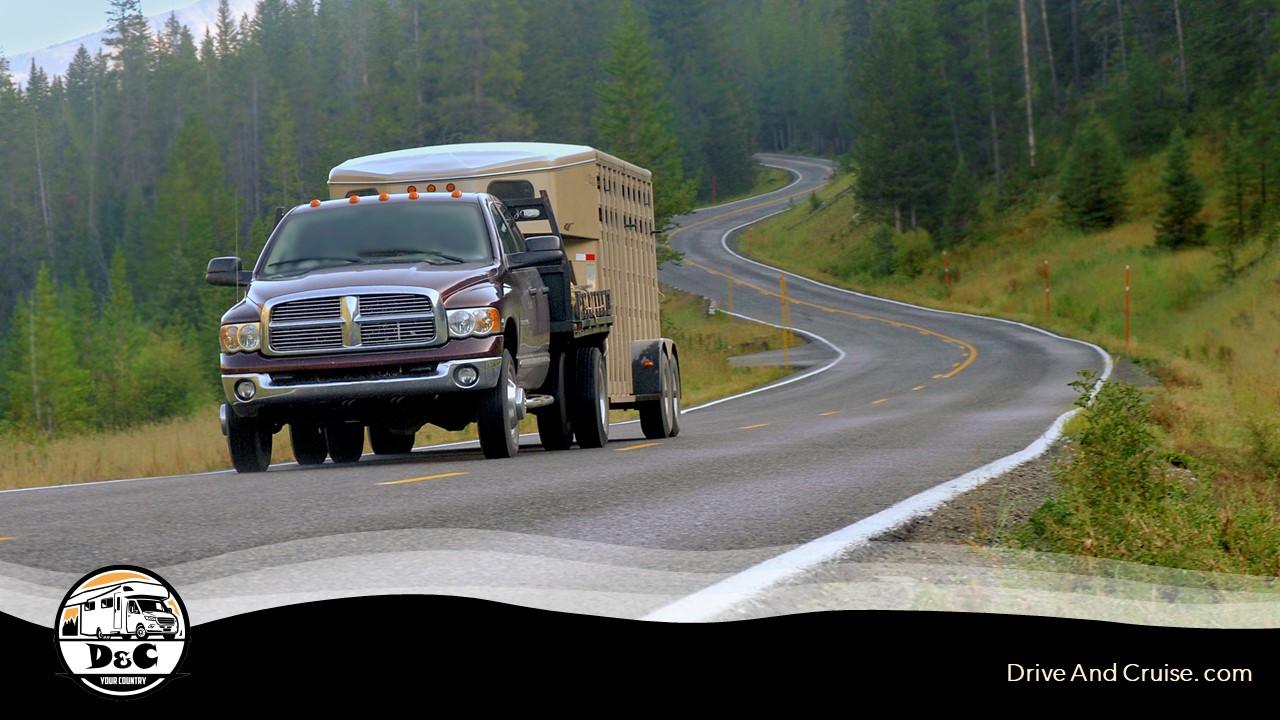Smitty335
Well-Known Member
Lifetime Member
Supporting Member
Can't beat sun up!The batteries are each connected together by two isolators; mains to aux, and then aux to 3rd bat. i.e. with engine off, a load on 3rd batt will have no effect to take either of the other batteries below 12.8 volts. If the engine is on and charging, the 3rd batt will still be handling all that load UNTIL the voltage of the Aux battery goes above 13.4 volts or so. If it does not go above 13.4 the 3rd battery gets no help. When and if it does go above 13.4, the 3rd battery will be charging and the stator will be sharing in providing current to that battery's load. The operative word here is "sharing", so the stator won't be providing all the load to the 3rd battery circuitry as the 3rd battery will be helping also. Note too, that unlike lithium batteries, lead acid batteries have a fairly high internal resistance. This is why a charger for them must provide significantly higher voltage than the batteries normal fully charged voltage of roughly 12.8 or 12.9 , often voltage from a charger can be 15 volts or so overcome the batteries interal resistance so as to force adequate charging current through when charging starts.
Well, that's the right idea, but the order in which isolator will "kick out" is based on the voltage of the connected batteries. When either of an isolator's input drops to 12.8 volts it will no longer take current *from* that battery to pass it to its other connected battery. It works both ways, of course. So, the heavily drained battery will only get help from the True when the True's other battery voltage is at or above about 13.4 volts
Not so. When one of the isolator's terminals goes above 13.4, it will then start providing current to its other connected battery, if that battery is low it will still be providing current to its load, so not ALL of the additional current demand is dumped on the stator, rather the load is shared to a degree. Further, the isolator will stop charging through to the low battery when it's "high" battery falls below 12.8 volts, so the large load on the 3rd battery won't cause excessive loading to any of the other batteries. The low battery, as well as its connected load, will have a variable amount of impedance that will dictate how much of current demand is passed to the stator. The stator's maximum output is limited by it's design as well as its RPM. Max output is at 5,000 rpm (IIRC). Operating at max designed and rated output should not cause premature failure.




